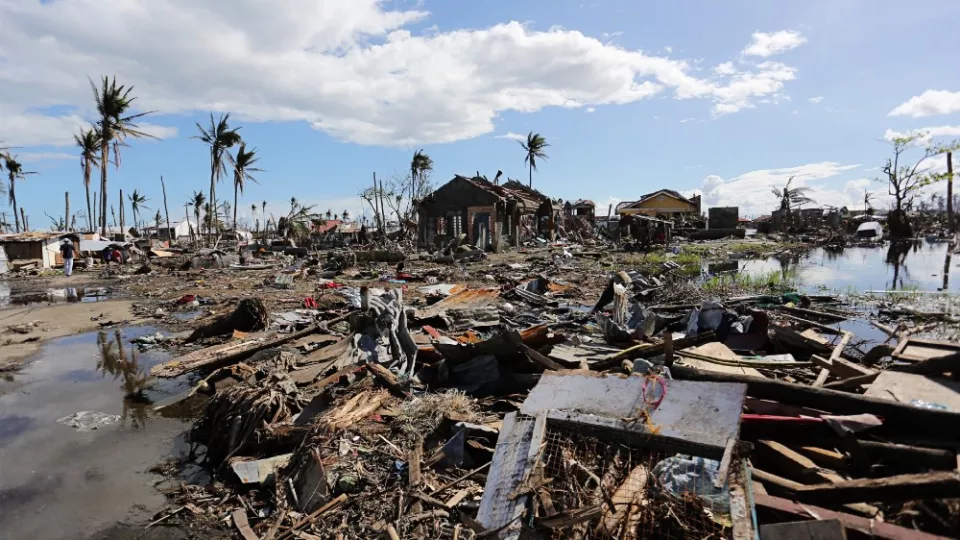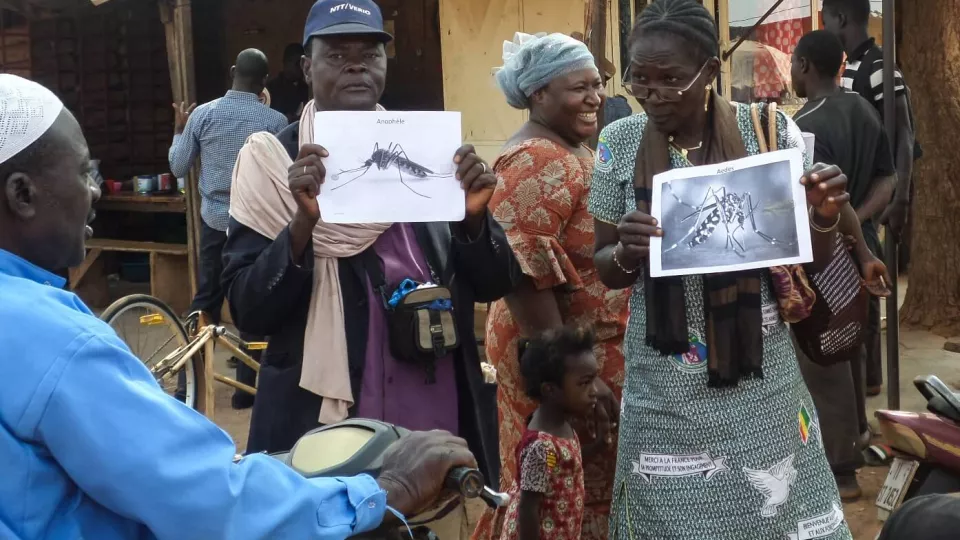
Blockchain could change the way we deal with disasters
Forget bitcoin and elections - blockchain technology is being applied to the business of saving lives. Christian Aid's Joe Ware explains how.

Forget bitcoin and elections - blockchain technology is being applied to the business of saving lives. Christian Aid's Joe Ware explains how.
Start Network members have begun working with Pakistan’s disaster authority to develop a new way of funding preventative action, aimed at helping vulnerable families threatened by drought.

An innovative emergency response roster has been launched in Manila. On Call will transform the way surge support is provided in the Philippines by pooling hundreds of skilled staff across civil society and professional associations, using a web-based platform to make recruitment and deployment in disasters faster and more efficient.

The first 72 hours after a disaster are crucial; response must begin during that time to save lives. Here are five things that the United Nations Office for the Coordination of Humanitarian Affairs aims to get right within, and prior to, the first 72 hours
Communications are vital to Start Network and to Start Fund: they help to raise our profile, and so improve our prospects of future funding and increase the impact of our advocacy.
The Humanitarian Networks and Partnerships Week brought together 1,300 people from across the sector. Luke Caley and Sarah Klassen attended the on interactive day on behalf of the Start Network. Here’s a summary of the sessions they attended.
The Start Network is setting up a £10 million rapid response fund, which will respond early and fast to under the radar emergencies in Bangladesh.

In late 2016, the Start Fund was alerted to an outbreak of dengue fever in Burkina Faso. Read ALIMA's account of their efforts to combat the disease.
When Typhoon Nock-Ten made landfall on December 25, Joana Villaflor had just arrived home for Christmas on Catanduanes island. Joana, a member of On Call Surge Philippines, a shared roster set up by the Start Network’s Transforming Surge Capacity project, gives an account of the days following the typhoon.
Start Network's Annemarie Poorterman tells us more about her work to set up a national version of the Start Fund in Bangladesh.